Voice of the Customer Analytics
Voice of the Customer analytics enhance customer loyalty, improve product development, and avert crises with actionable insights from diverse data sources.
September 18, 2024
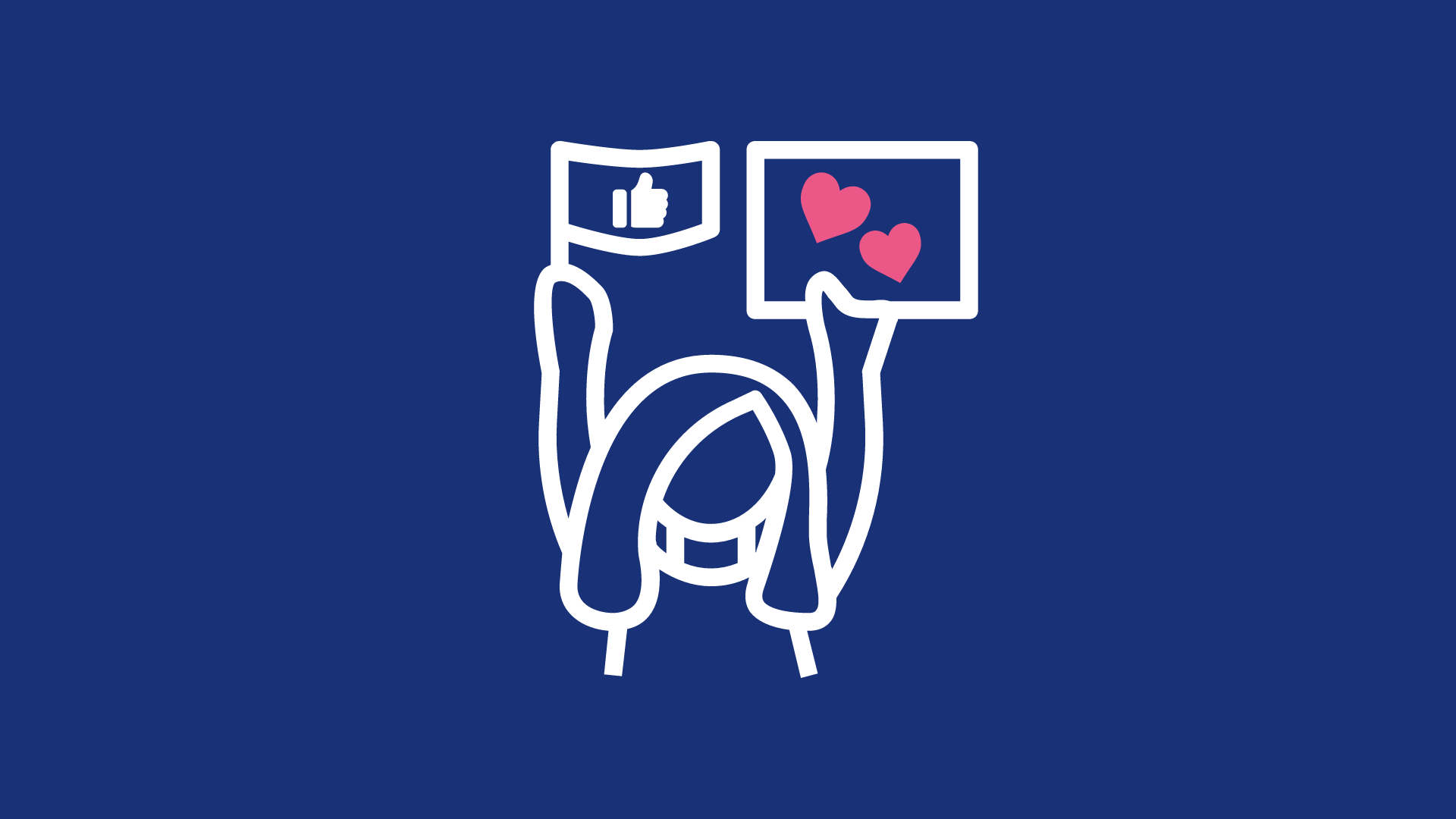
- What is voice of the customer analysis?
- What does voice of the customer mean for your brand?
- What should you include in your voice of the customer program?
- How to improve voice of the customer?
- How to measure voice of customer data?
- How to analyze voice of customer data?
- Tap into valuable VoC data with Talkwalker
What is voice of the customer analysis?
Voice of customer (VoC) analytics is a market research technique that gives brands a comprehensive understanding of customer needs and wants.
It collects data from a wide variety of sources including email, phone calls, social media, surveys, call center transcripts, and CRM systems — creating a powerful overview of the customer.
Voice of the customer analysis can help identify intentions, desires, and aversions, enabling data-driven decision-making across your company that helps multiple teams from sales and marketing to customer service and PR.
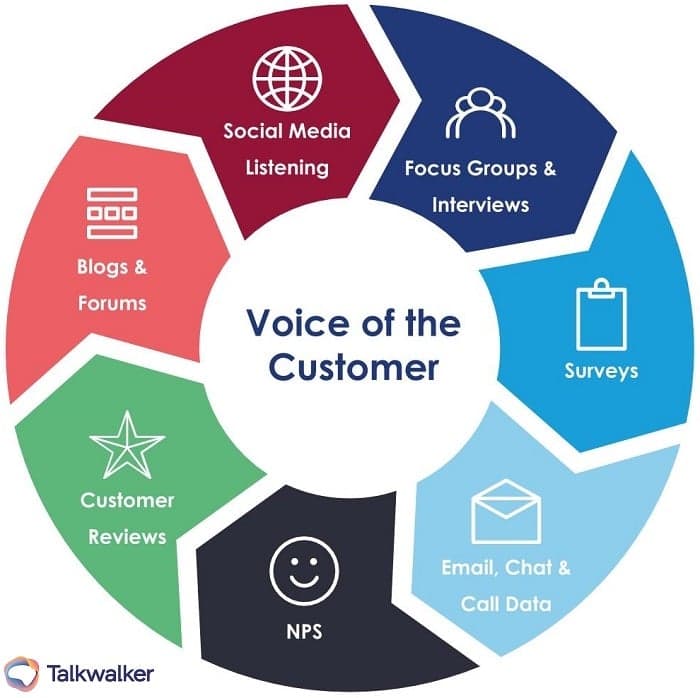
Examples of data you can combine to complete your voice of the customer.
In this blog post, Talkwalker will break down everything you need to know to understand the voice of the customer.
What does voice of the customer mean for your brand?
The way consumers interact with products is ever-changing, with their needs being constantly posted on social media, ready to be extracted.
This is where voice of the customer analysis comes in – helping brands tap into the concerns, praises, and general thoughts and feedback of their consumers, including:
Revealing gaps in your customer experience
VoC identifies what people expect from your brand, and where real-life experience falls short of those customer expectations.
With this information, you can finetune your offering according to authentic user feedback, leading to a better customer experience overall.
Bolstering customer loyalty
Research shows 88% of customers will purchase again from a brand they trust. If you create a simple, enjoyable, and reliable experience, customers will often want to buy again.
Maintaining sales by building loyalty
During a crisis, consumers rely on the brands they are loyal to. When spending power is cut, people still turn to the brands they love for the day-to-day essentials — whether it be in a weekly shop or for a one-off purchase.
Helping with product conception
Consumers often discuss products they would love to see. If an idea gets enough buzz, it identifies a concept you can be confident would pay off.
not to go down the "why isn't there grape ice cream" route again but why isn't there white chocolate ice cream
— adam (@adamzafrian) May 16, 2020
White chocolate could be your next popular ice cream flavor. Or maybe even grape.
Assisting product development
Adapt your packaging, products, or services based on what your clients say. The more you meet their needs, the more sales.
Helping to avert crisis
Spot product complaints and major issues in real-time, then join the conversation to tackle an issue before it becomes a PR crisis.
Analyzing the customer journey
Find the gaps in your customer journey, to help boost sales, encourage faster purchases, and keep your customers happy.
What should you include in your voice of the customer program?
Analyzing the customer voice is an essential part of a successful marketing strategy, but it involves significant data collection, which can be difficult for smaller businesses to execute.
However, there are voice of the customer tools available that transform your data collection and analysis efforts, including:
Social media listening
Pros – Social media gives you valuable voice of consumer insights, that aren't shaped by any preconceptions. Because it’s raw, real-time customer voice data, you can be sure you’re getting an authentic opinion on your product or business from those who comment. If you want the most current category insights, social media listening is the only accurate way.
Cons – The data is raw, with few ways to shape the conversation as you want. You can try to herd consumers by raising questions through owned channels, otherwise, you need to monitor your data effectively to pull actionable insights.
Focus groups/interviews
Pros – Focus groups and interviews can help you get customer voice data on specific questions or topics, rather than the more general overviews you might get on social media sites. Also, consumers may appreciate the personal touch this method offers.
Cons – Focus groups and interviews are time-consuming and costly. Plus, the data provided is time-specific. Public opinion can also flip on a dime and make the data irrelevant overnight, so you should try to combine your findings with more sources.
Surveys
Pros – The best survey tools are automatable — letting you get instant results with minimal effort. You can also adapt them to the various stages of your buying journey, tailoring your data to make it more relevant for you.
Cons - Surveys must be carefully designed. You may want to gather as much information as possible, but too many questions and consumers will click away. You also run the risk of focusing on one area and missing a major issue. Additional data will help you shape the questions you need to be asking.
Net promoter score® - NPS
Pros - NPS is a valuable metric that brands can use to quickly benchmark their customer satisfaction performance. It also helps track people who promote your brand and those who don’t, with an intuitive ranking system. Your overall score can be reviewed regularly to help predict a crisis – or to assess the impact of a brand awareness campaign.
Cons – The score is just a number. It doesn’t provide any clues as to why people scored you as they did. Therefore, you need to access other tangible information to help you track why your score has changed — whether it’s good or bad.

How you rank a brand demonstrates whether you’re likely to promote it or criticize it.
Direct comms data
Pros – Whether it be an email, call, or live chat, data taken from consumers who contact you is a good indicator of what you’re doing right and wrong. It’s up-to-date, constant, and provides you with a steady stream of insights.
Cons – This data is often siloed — held by the customer service team, marketing, sales, product, etc. Trying to add it to the rest of your data can be tricky unless a solution with adequate integration capabilities is found. It might also require teams to be more proactive in sharing data.
Reviews
Pros – Much like email and call data, reviews help you see what consumers are saying about your business across the board. Often, customers will write or call based on a highly positive or negative experience, so will highlight the extreme highs or lows of the customer relationship.
Cons – Depending on your industry, you could find your reviews segmented across numerous sites. This, along with the complication of collating and understanding a high quantity of long-form content, makes monitoring them a challenge.

Review data adds additional insights from customers.
Media Monitoring
Pros – Blogs and forums produce similar data to social media mentions – user-generated content talking about your products. This tends to be long-form content, offering more detailed perspectives of the topics being discussed.
Cons – As with social media data, the content can be raw and unexpected. Your brand can be pulled into a wide range of topics and conversations – some positive, some negative – so, you’ll need to be able to manage this data effectively to extract value.
Ready to unlock a wealth of authentic consumer data about your brand – scraped from news sites, blogs, print, broadcast, and more?
Talkwalker’s Media Monitoring tool provides real-time alerts every time your brand is mentioned, just about anywhere. And integrated sentiment analysis allows you to instantly understand the tone behind the mention, so you’re equipped to respond perfectly.
How to improve voice of the customer?
An effective voice of the customer plan is one that supports a brand in collecting, analyzing, and acting on feedback, to
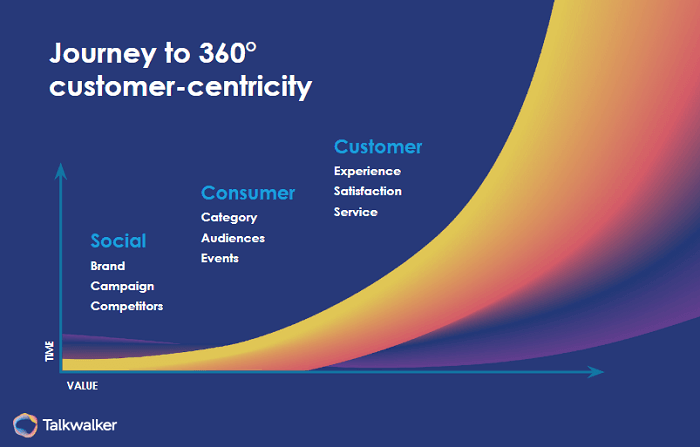
— for example, if they’re happy, angry, frustrated, or satisfied — as well as what’s causing the emotions.
Collect this real-time voice of customer data and you'll be equipped to make improvements to your customer experience that'll give you the cutting edge in your industry.
How to measure voice of customer data?
You can't just guess how customers feel about your brand – and marketing metrics and sales figures will only paint half the picture.
You need to understand how consumers interact with your brand if you want to improve your business, win over new clients, and nurture your existing clients. Voice of the customer data provides these insights into how consumers feel about the customer experience you provide.
Voice of customer data includes consumer opinions and criticisms, found on social media, review sites, forums, surveys, call center transcripts, emails, phone calls, and more.
A comprehensive VoC plan measures sentiment, emotions, attitudes, likes, and dislikes, so you can create a targeted marketing strategy.
Voice of the customer tools can be used to identify and measure how consumers interact with your brand. They analyze every step a buyer takes — from visiting your website and reading a product page to completing a purchase.
Only then will you have a complete picture of how consumers are interacting with your business.
Talkwalker’s Media Monitoring software is an all-in-one voice of the customer tool that tracks and alerts you to every single mention of your brand on the web and beyond.
Built-in sentiment analysis and visualizations give you everything you need to prepare the appropriate response and take back control of every conversation about your brand.
How to analyze voice of customer data?
While collecting this customer data is valuable, it’s not enough on its own. Brands must be able to analyze this data to learn from it and adapt their offering.
But what does this analysis look like? And what can be extracted from the data to provide actionable steps in your marketing and sales strategies?
Sentiment analysis
Sentiment analysis uses the power of AI to identify and categorize the sentiment of a mention — effectively evaluating if it’s positive, negative, or neutral. You can then quickly divide your analysis into two sections:
What people like, that you should increase.
What people dislike, that you should improve.
Sentiment at scale isn’t easy. You need a system that understands sarcasm and context, to ensure accuracy — something that may be beyond the reach of current AI systems without human input.
However, over time, it learns from you as you review the data, and helps improve your workflow and time-efficiency.
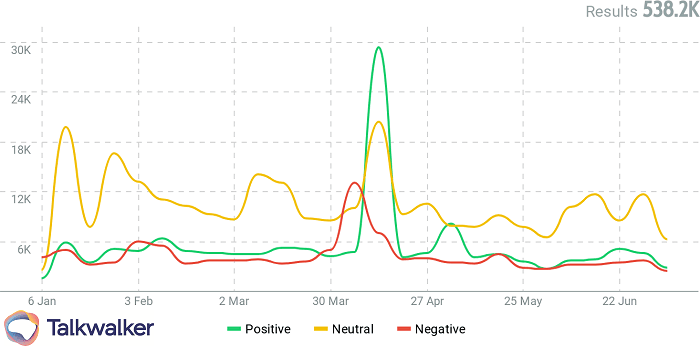
In this example, sentiment analysis helped a brand spot a peak in negative mentions. The brand was then able to react quickly and turn a negative into a positive.
Natural language processing
NLP can help you make sense of all that information. By analyzing the language used across all your data, it pinpoints the topics, trends, and issues that are discussed the most.
The visualizations help translate information through automated data segmentation.
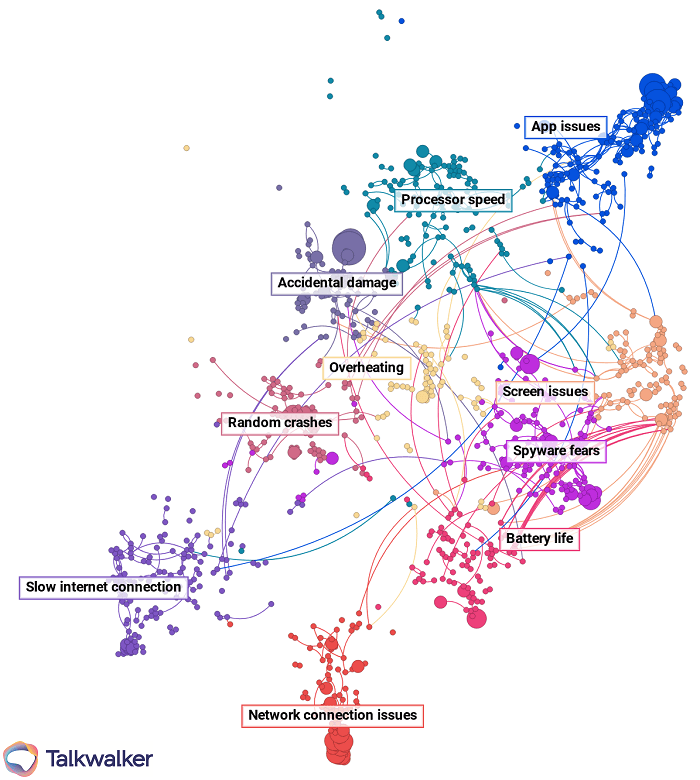
Conversation Clusters is an advanced visualization with NLP at the core (it also does Natural Language Understanding - NLU).
In the above voice of the customer example, we looked at the most common complaints about a brand’s cell phones over 30 days, which were led by third-party app issues and spyware risks – with hardware issues making less impact.
This visualization helps brands understand key consumer concerns instantly – allowing them to react quickly to protect their reputation.
Data correlation
Data becomes inherently more valuable as you combine sources to help you build a complete picture.
For example, comparing your NPS against your social media sentiment can reveal the conversations that impacted your score.
Or, you could be stuck on why a certain issue has suddenly appeared as a focus in surveys and calls. By comparing that data to your reviews, you could find the cause is one negative review impacting opinions.
Tap into valuable VoC data with Talkwalker
Talkwalker’s Media Monitoring tool transforms your voice of the customer strategy – equipping you with quantitative and qualitative data, every time your brand is mentioned online, in print, broadcast, and more.
Take advantage of real-time brand mention alerts and an integrated sentiment analysis tool, so you never miss an opportunity to improve the customer experience or manage your brand reputation.
